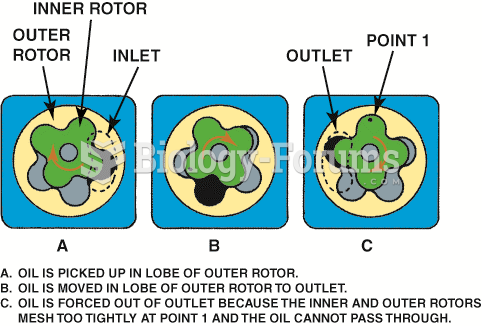|
|
|
The average human gut is home to perhaps 500 to 1,000 different species of bacteria.
The longest a person has survived after a heart transplant is 24 years.
Thyroid conditions may make getting pregnant impossible.
The National Institutes of Health have supported research into acupuncture. This has shown that acupuncture significantly reduced pain associated with osteoarthritis of the knee, when used as a complement to conventional therapies.
As many as 28% of hospitalized patients requiring mechanical ventilators to help them breathe (for more than 48 hours) will develop ventilator-associated pneumonia. Current therapy involves intravenous antibiotics, but new antibiotics that can be inhaled (and more directly treat the infection) are being developed.






